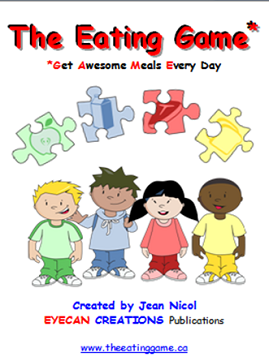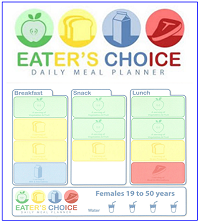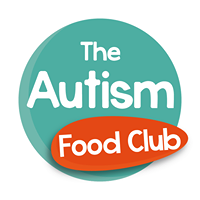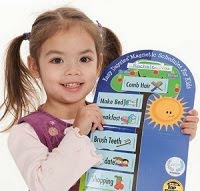Thank you Gabrielle Kaplan-Mayer for this guest blog and for the great ideas you present for parents and kids!
www.kitchenclassroom4kids.com
In the first few
months of transitioning my family to eating gluten and casein-free, I wanted
everything to be perfect: I would scour
recipes to find the perfect gf bread, order expensive snacks online and spend
hours planning meals. What usually happened when serving those meals was that
my son, who has autism and motivated the dietary change, would take two bites
of whatever food that I had slaved over and then get up and run away from the
table. I would bring him back to his plate, cajole him to eat more, and maybe
he would take one more bite. Mealtime in our home became, in a word, miserable.
Soon I realized
that something needed to change if we were going to be able to stick with
dietary changes as part of my son’s healing process. And I was motivated to
stick with it: within a few months of eating gfcf, my son was finally sleeping
through the night and having normal bowel movements. I realized that it wasn’t
the diet that needed to change, but my attitude and approach towards it.
Over the last five
years, these are some of the ways that I’ve been able to sustain and embrace
the gfcf diet:
1.
Awareness of my attitude: I first needed
to acknowledge the amount of pressure that I was putting on myself in creating
meals and the pressure that I was bringing to my son at mealtime. I started to
take a few deep breaths before sitting down at the table. Rather than slaving
for hours making complex recipes, I started to cook simple, whole foods:
chicken breast sautéed in coconut oil, meatballs made with grassfed beef and
served over gf pasta. These meals were much more successful with my whole
family than the ones that took hours to prepare (recipes are in my book “The
Kitchen Classroom”) and I didn’t come to the table completely frazzled.
2.
Getting the Kids Involved: One of the
best ways that I’ve been able to make eating gfcf work well in my house is
involving my kids in meal preparation. What I’ve discovered is that all of the fine
and gross motor skills that my son works on in therapy can be practiced through
chopping, stirring, mixing, unpacking groceries, etc. Bringing my kids in to wash fruit for a fruit
salad or break apart the celery stalks that will be on their dinner plate makes
them both more eager to taste everything that I serve!
3.
Playing with your food: This one might
seem like a no-no, but I like to find ways to play that are good for everyone.
To encourage my kids to eat a wider variety of fruits and vegetables, I started
picking a letter of the week and buying
produce to match the letter. Although my son is just now learning to read,
working on the letter recognition was an important part of developing his pre-literacy
skills. I’ve made my 45 alphabetical recipes into an ebook called ABC Fruits & Veggies 4 Me!
4.
Setting the mood: As busy parents,
sometimes our goal is simply to get through our meals with everyone intact.
When I’m able to take that extra moment before we sit down, I put on some
mellow music to listen to while we eat and this also helps to shift everyone’s
mood. My son takes longer to eat than my
daughter does but what we’ve worked out is that she can choose a few books to bring
to the table when she finishes. This helps her to enjoy staying at the table
with us. Think about what simple elements like music and books that could help
to make your meals more pleasant.
5.
Remember 2 words—“Not Yet”: I often
coach parents who lament that their children will not try new foods, especially
fruits, vegetables and protein and have trouble sitting for meals. My answer is
always “Not Yet”—but with patience, persistence and some creative
strategies, here is hope that your child
will begin to eat a wider variety of foods and that meals in your home will
become important family connecting time. Please don’t hesitate to send me your
questions or concerns—I’m happy to brainstorm: gabrielle@kitchenclassroom4kids.com.
Gabrielle
Kaplan-Mayer is a writer, cooking instructor and parenting coach. Visit her at
www.kitchenclassroom4kids.com


















